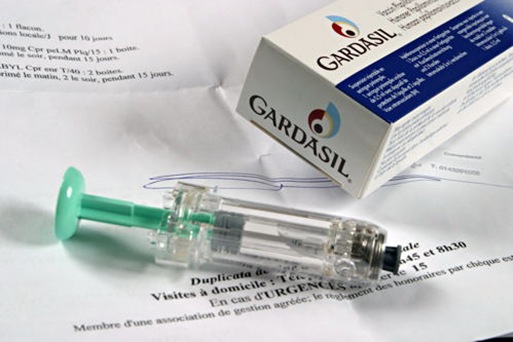
Traditional Chinese medicine considers anxiety and depression to be mind-body illnesses. It prescribes two different means of treating these mental maladies.
Progressive muscle relaxation training (PMRT) is the more conventional approach. It is a form of deep muscle relaxation based on the belief that anxiety causes the muscles of the body to lock up. It aims to block anxious thoughts by encouraging tense muscle groups to relax.
Five Elements music therapy, on the other hand, combines both music theory and the Five Element theory of Chinese ethnomedicine. Classical Chinese music uses five different notes, each one of which is associated with an element and particular parts of the body. Listening to a certain note or combination of notes was believed to encourage a specific level of healing.
Both methods have been used with cancer patients to improve their moods. A research team from the China Academy of Chinese Medical Sciences (CACMS) decided to test the two therapies together to determine any synergy between them. (Related: Rhythmic music aids recovery from stroke: Researchers find percussion therapy helps sufferers regain physical functions.)
Can classical Chinese music therapy improve progressive muscle relaxation?
For their experiment, the CACMS researchers sought the participation of cancer patients, who were randomly assigned to two groups. Participants in the control group would receive a 20-minute progressive muscle relaxation training, followed by a 20 minute period of peaceful rest.
Members of the treatment group would also be given PMRT. Instead of a peaceful rest, they would receive 20 minutes of Five Element music therapy to further soothe their emotions.
The treatments were administered on a daily basis, either at 10 a.m. or 3 p.m. The trial period lasted eight weeks.
Before the treatments began, the patients answered four different questionnaires: Benefit Finding Scales (BFS), Functional Assessment of Chronic Illness Therapy-Spiritual (FACIT-Sp), Hospital Anxiety and Depression Scale (HADS), and Intervention Expectations Questionnaire (IEQu). These determined the baselines of the depression in both groups.
At the end of the trial, the remaining patients in both groups answered the same surveys. Post-treatment results of each group were evaluated and compared with pre-treatment baselines.
An effective multi-disciplinary approach to improve the emotions of cancer patients
The Chinese researchers reported that the baselines of the two groups were nearly identical before the trial began. After eight straight weeks of daily dual therapy, both groups displayed improvements.
However, the treatment group demonstrated better scores in the HADS, BFS, and FACIT-Sp surveys than the control group. Of special note were four items in the HADS questionnaire. These were vexation, a fidgety feeling, pleasure, and prospects about the future. The treatment group outperformed the control group when it came to these single items.
The researchers concluded that progressive muscle relaxation training followed by Five Elements music therapy provided a simple, reliable, and effective treatment method. The multi-disciplinary approach could reduce the anxiety and depression experienced by cancer patients.
Furthermore, they noted that the patients responded well to the psychological treatments. The participants experienced more stable emotions, grew more aware of the disease, and were more willing to comply with the requirements of cancer therapy. They, therefore, recommended the combination therapy as a means of encouraging cancer patients to better manage themselves during treatment.
If you're interested in traditional Chinese approaches to reducing anxiety and depression, you can read more at ChineseMedicine.news.
Sources include:
Please contact us for more information.























